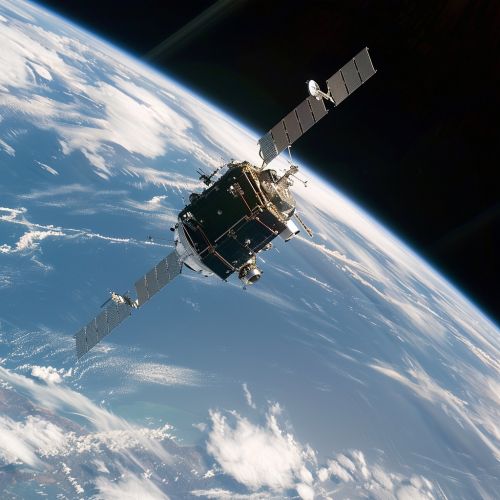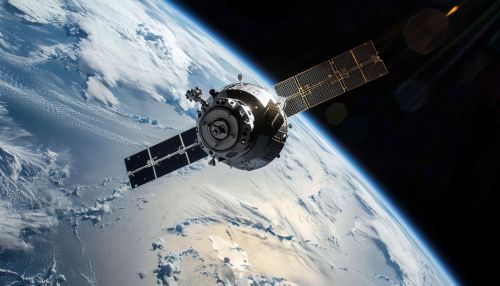Space travel
Introduction
Space travel refers to the use of various types of spacecraft to travel beyond Earth's atmosphere for purposes of exploration, scientific research, or commercial activity. This field of study and practice is a branch of astronautics, the science and technology of space exploration. It has been a significant part of human activity since the mid-20th century, with the launch of the first artificial satellite, Sputnik 1, by the Soviet Union in 1957.
History of Space Travel
The history of space travel is marked by significant milestones, starting with the launch of the first artificial satellite, Sputnik 1, by the Soviet Union in 1957. This was followed by the first human spaceflight, Vostok 1, with cosmonaut Yuri Gagarin on board, in 1961. The United States' Apollo program culminated in the first human landing on the Moon with Apollo 11 in 1969.


Principles of Space Travel
Space travel involves overcoming the Earth's gravitational pull, surviving in the harsh environment of space, and returning safely. This requires the use of rocket propulsion, which works on the principle of Newton's third law of motion: for every action, there is an equal and opposite reaction. The spacecraft is propelled forward by expelling a stream of gas or ions backward at high speed.
Spacecraft
Spacecraft are vehicles designed for space travel. They include satellites, probes, rovers, space stations, and crewed spacecraft. The design and construction of spacecraft involve a wide range of disciplines, including astrodynamics, materials science, propulsion systems, and life support systems.
Human Space Travel
Human space travel involves additional challenges, including the need for life support systems to provide air, water, and food, and to maintain a comfortable temperature and pressure. Astronauts must also cope with the physiological effects of weightlessness, radiation, and isolation. Training for space travel involves physical conditioning, technical training, and preparation for emergency situations.
Robotic Space Travel
Robotic space travel involves the use of unmanned spacecraft to explore the Moon, planets, asteroids, and comets. These missions provide valuable data about the solar system and beyond, and serve as precursors to human missions. Robotic spacecraft have made significant contributions to our understanding of the universe, from the Voyager program's exploration of the outer planets to the Mars rovers' study of the Martian surface.
Future of Space Travel
The future of space travel includes plans for crewed missions to Mars, the establishment of permanent bases on the Moon, and the search for life on other planets. Advances in technology, such as nuclear propulsion and space elevators, may make space travel more accessible and affordable. The commercialization of space travel, with companies like SpaceX and Blue Origin, is also expected to play a significant role in the future of space exploration.
